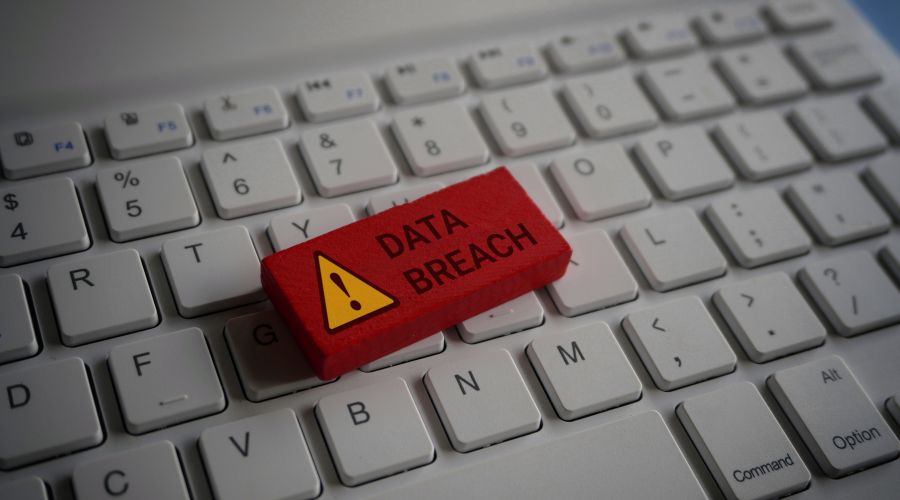HIPAA Compliance in 2025: What Healthcare Providers Need to Know
For healthcare providers in 2025, HIPAA compliance represents both a significant responsibility and an opportunity to build patient trust through robust privacy and security practices. As healthcare continues its digital transformation, providers face increasingly complex compliance challenges while managing day-to-day patient care responsibilities.
This guide addresses the most critical HIPAA compliance requirements specifically for healthcare providers, offering practical implementation strategies that balance regulatory compliance with clinical workflow efficiency.
Risk Assessment: The Foundation of HIPAA Compliance
The Office for Civil Rights (OCR) continues to emphasize the importance of comprehensive and regularly updated risk assessments as the cornerstone of HIPAA compliance.
Components of an Effective Risk Assessment
Healthcare providers must conduct thorough risk assessments that include:
- Inventory of all systems containing electronic protected health information (ePHI)
- Identification of potential threats and vulnerabilities
- Assessment of current security measures
- Determination of the likelihood of threat occurrence
- Potential impact analysis
- Risk level determination
- Documentation of findings
Common Risk Assessment Pitfalls
Recent OCR enforcement actions have highlighted common risk assessment deficiencies, including:
- Failure to conduct facility-wide risk analyses
- Incomplete assessment of all ePHI repositories
- Inadequate assessment of potential threats and vulnerabilities
- Insufficient documentation of risk assessment methodologies and findings
- Failure to implement risk management plans based on assessment findings
- Lack of regular reassessment as required by the Security Rule
To avoid these issues, providers should consider using standardized frameworks such as the OCR Security Risk Assessment Tool or NIST Special Publication 800-66, which have been updated for 2025's healthcare technology landscape.
Documentation Requirements for Healthcare Providers
Proper documentation serves as evidence of compliance and is crucial during OCR audits or investigations. Healthcare providers must maintain comprehensive documentation of their HIPAA compliance efforts.
Essential Documentation for Providers
- Privacy and Security Policies: Comprehensive, up-to-date policies tailored to your practice
- Training Records: Documentation of initial and ongoing HIPAA training for all staff
- Risk Assessment and Management Plans: Detailed documentation of all risk analyses and resulting mitigation strategies
- Business Associate Agreements: Current, compliant agreements with all vendors handling PHI
- Authorization Forms: Templates and completed patient authorization forms
- Notice of Privacy Practices: Current version and evidence of distribution
- Breach Notification Procedures: Documented processes for identifying, assessing, and reporting breaches
- Incident Response Documentation: Records of security incidents and responses
- Access Control Procedures: Documentation of user access management
- Device and Media Controls: Policies for mobile devices, disposal, and reuse
The Six-Year Retention Requirement
The HIPAA Privacy Rule requires that covered entities maintain required documentation for six years from the date of creation or the date when it was last in effect, whichever is later. This includes policies, procedures, communications, and actions. Implementing a secure, searchable document management system can significantly streamline compliance documentation.
HIPAA in Patient Interactions: Practical Considerations for Providers
For healthcare providers, HIPAA compliance extends to daily patient interactions and information handling practices.
Patient Access to Health Information
Recent regulatory updates have emphasized patients' rights to access their health information promptly. Healthcare providers should:
- Establish clear procedures for patients to request their health information
- Implement processes to fulfill these requests within 30 days (with a possible 30-day extension if necessary)
- Maintain reasonable, cost-based fees for providing copies
- Offer electronic access options when ePHI is maintained electronically
- Ensure staff are trained on proper verification procedures before releasing information
Privacy in Clinical Settings
Healthcare providers must implement practical measures to protect patient privacy in clinical settings:
- Position computer screens to prevent unauthorized viewing
- Use privacy screens on monitors displaying PHI
- Implement automatic screen locking after brief periods of inactivity
- Maintain voice privacy during in-person and telephone conversations
- Designate private areas for sensitive discussions
- Minimize PHI displayed in semi-public areas like reception desks
- Establish protocols for visitors and accompanying persons
Managing Incidental Disclosures
While the HIPAA Privacy Rule permits certain incidental disclosures that occur as a by-product of an otherwise permitted disclosure, healthcare providers should implement reasonable safeguards to minimize these occurrences:
- Use lower voices when discussing patient information in open areas
- Avoid using patient names in waiting areas when possible
- Position white boards with patient information away from public view
- Use sign-in sheets that reveal minimal information
- Establish policies for handling PHI in shared clinical spaces
Implementing the Minimum Necessary Standard
The minimum necessary standard remains a cornerstone of HIPAA compliance for healthcare providers. This standard requires using, disclosing, or requesting only the minimum PHI necessary to accomplish the intended purpose.
Role-Based Access Control
Implementing effective role-based access control (RBAC) is essential for applying the minimum necessary standard:
- Identify specific roles within your organization (e.g., physicians, nurses, billing staff)
- Determine the minimum PHI access needed for each role
- Configure information systems to restrict access based on these roles
- Implement technical controls that enforce access limitations
- Conduct regular access reviews to ensure appropriate permissions
- Document the entire RBAC process and justifications
Routine vs. Non-Routine Disclosures
Healthcare providers should establish different protocols for routine and non-routine disclosures:
- Routine Disclosures: Implement standard protocols that limit information to predefined data sets based on the recipient's needs
- Non-Routine Disclosures: Establish case-by-case review procedures that consider the specific purpose and minimum necessary requirement
Telehealth and Remote Work Considerations
With telehealth and remote work now permanent fixtures in healthcare delivery, providers must address the unique HIPAA compliance challenges these modalities present.
Telehealth Privacy and Security
To maintain HIPAA compliance during telehealth encounters:
- Use only HIPAA-compliant telehealth platforms with appropriate BAAs
- Ensure end-to-end encryption for all patient communications
- Verify patient identity before telehealth sessions
- Conduct sessions in private, secure environments
- Obtain appropriate consent for telehealth services
- Document telehealth encounters comprehensively
- Train providers on telehealth-specific privacy considerations
Remote Work Policies for Healthcare Staff
For healthcare staff working remotely:
- Establish clear remote work policies addressing PHI handling
- Implement secure access mechanisms (VPN, multi-factor authentication)
- Prohibit use of public Wi-Fi for accessing PHI
- Require encryption for all devices storing or accessing PHI
- Establish protocols for physical security of devices and documents
- Conduct specific training on remote work security practices
- Implement monitoring and auditing of remote access
When Things Go Wrong: Breach Response for Providers
Despite best efforts, breaches can occur. Healthcare providers must be prepared with comprehensive breach response procedures.
Breach Identification and Assessment
When a potential breach occurs:
- Implement immediate containment measures
- Document all available information about the incident
- Determine whether the incident constitutes a breach under HIPAA
- Conduct a four-factor risk assessment if the presumption of breach can be overcome
- Determine notification obligations based on assessment findings
Notification Requirements
If a breach has occurred:
- Notify affected individuals without unreasonable delay (within 60 days)
- If more than 500 individuals are affected, notify prominent media outlets
- Report to HHS according to scale requirements (immediate for 500+ individuals, annual log for smaller breaches)
- Include required elements in all notifications
- Document all notification activities thoroughly
Conclusion: Creating a Culture of Compliance
Effective HIPAA compliance for healthcare providers extends beyond policies and procedures to creating an organizational culture that values privacy and security. This involves regular training, open communication about compliance issues, leadership commitment, and integration of compliance considerations into workflow design.
By implementing the strategies outlined in this guide, healthcare providers can not only meet their regulatory obligations but also enhance patient trust and reduce operational risk. In today's healthcare environment, robust HIPAA compliance is not just a legal requirement but a competitive advantage and foundation for high-quality care delivery.




